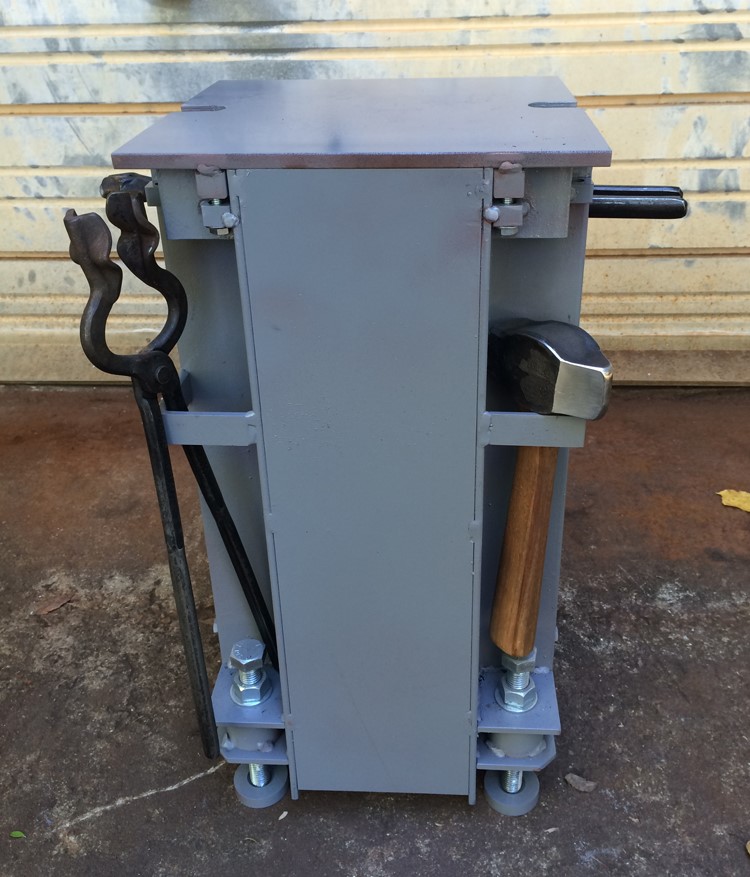


However, blown oil has better wetting properties. Wetting Propertiesīodied oil has good wetting and grinding properties. Glossīodied oil has a much higher gloss than raw or unbodied oil, similar to blown oil. It is more challenging to separate large molecules in viscous oil than smaller molecules in thin, unbodied oil. Brushing is more difficult with bodied similar to blown oil.ĭue to the viscous nature of bodied and blown oils, they tend to be more difficult to brush because they pull or feel sticky. Flowing and Levelingīodied oil has excellent flowing and leveling properties but is not as great as blown oil. Blown oil has poor initial color due to oxidation during the blowing process and poor color retention due to further oxidation while the film is drying. It is also easier to understand why oil that has been partly oxidized by blowing will end up with a greater degree of oxidation when dry than one in which some of the double bonds (oxidizable bonds) have been removed by polymerization. Since it is the oxidized film that is mainly responsible for yellowing and since a polymerized dry film has oxidized less than unbodied oil, we can understand why it has better color retention.īodied oil has better color retention than blown oil.

Such a film, drying faster than a similar film of unbodied oil, absorbs less oxygen when it is dry. This can be understood if we consider that we have an oil that has gone partway toward a dried film via polymerization. Properties of Bodied Oils Color Retentionīodied oil has better color retention than unbodied oil. Today, liquid driers are added to refined oil and heated briefly at lower temperatures to affect the complete solution. Boiled Oilīoiled oils (also called "drying oils") are made by heating raw oil, adding driers, and cooking it in an open or closed-kettle is how boiled oil was made. The acid number of blown linseed oil is typically high.Ī small amount of blown linseed oil may be added to very short paint (called "puffy" paint) that typically grinds very slowly to speed up the grinding time. The typical viscosity is Z-2 to Z-4 in the Gardner-Holt Viscometer standard. Since completely oxidized oil would be solid, partially oxidized oil is exceedingly viscous. Blown Oilīlown linseed oil is partly oxidized by passing air through at high temperatures. Bodied linseed oil has an acid value in a wide range, depending on how heat is treated. Where color and low acid numbers are essential, it is heated in a vacuum or under a blanket of inert gas. It is used more extensively in the paint than any other drying oil.īodied oil is polymerized oil made by heating refined linseed oil at a high temperature for a certain amount of time. The outstanding property of linseed oil is its excellent durability. Exceptions to this are specially refined oils with high acid values to obtain better pigment-wetting properties. Raw linseed oil has an acid value of 4–7, while alkali refined linseed oil is less than one. However, the flow of such paints is poor, and it leaves brush marks. Paint made of essentially raw or refined linseed oil has a short, buttery consistency that lends itself to easy brushing. Raw and refined linseed oil has good brushing properties. Heat treatment of oil makes what is called "bodied" oil, which is the more accurate term for what many call "stand oil." These two properties are affected by the treatment of oil-typically heat-that changes one or both of them. What are the differences between linseed oil and stand oil? How do these differences affect the properties of paint? The key differences result from two crucial physical properties of drying oils: the degree of polymerization and the acid value of the oil.


 0 kommentar(er)
0 kommentar(er)
